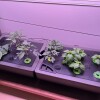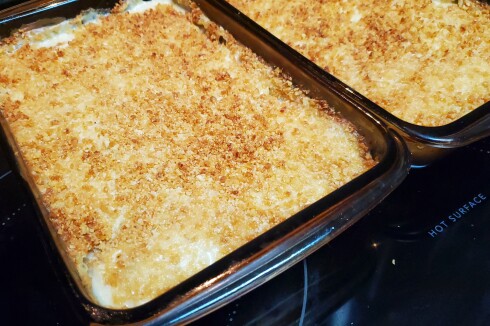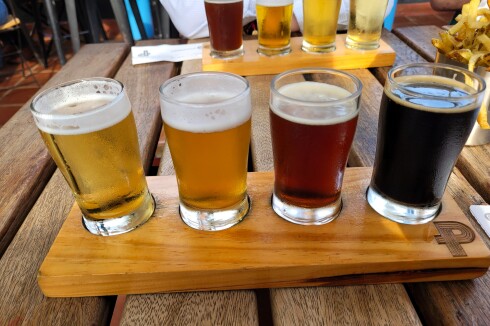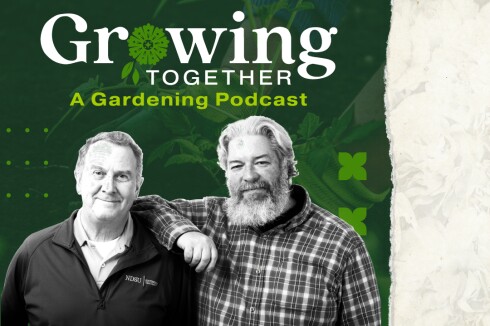Close your books and take out a sheet of paper. It’s quiz time. Keep your eyes on your own paper and do your own work.
I dreaded those words while in school, but hopefully this gardening quiz won’t cause stomach butterflies the way tests did during our school days.
ADVERTISEMENT
The following questions can be answered in a few short words. Good luck and let me know how you did!
- Which fruit is higher in antioxidants, blueberries or aronia berries?
- Are poinsettias poisonous?
- Larch trees have needlelike foliage, so are they considered evergreens?
- Do evergreen needles make soil acidic, causing plants to grow poorly below evergreen trees?
- Which disease kills more apple trees in the Upper Midwest: fire blight or black rot?
- Are blueberries difficult to grow in the Red River Valley and westward because they lack winter hardiness or because they need special soil?
- Are Christmas and Thanksgiving cacti identical, other than having different bloom times?
- Do commercial poinsettia growers trigger the plants to bloom by Christmas by giving them cool temperatures?
- For amaryllis to bloom, is a dormancy period required?
- Do carrots really become sweeter if left in the ground late in the fall and exposed to chilly temperatures?
- Can hybrids occur in nature, or are they a manmade product?
- Is a tomato a fruit or a vegetable?
- Is buttercup squash at its peak flavor and quality immediately after harvesting?
- Are dandelions native to North America?
- Does insecticidal soap create a residue that continues to fight new insect infestations on houseplants?
- When the leaves of maples turn yellow while the veins remain green, is the disorder called chlorosis or cirrhosis?
- Is adding sand a good remedy for improving heavy clay garden soil?
- Is the recommended lawn mowing height two, three or four inches?
- If lawns are fertilized only once a year, is spring or fall the most beneficial time?
- Facebook says that female bell pepper fruits are sweeter than male bell pepper fruits. Is that true?
Answers:
- Aronia berries are even higher in antioxidants than blueberries, making them one of the healthiest fruits.
- No, poinsettias are not poisonous, and the myth was debunked by researchers at Ohio State University in the 1970s.
- No, larch aren’t evergreens, because they do lose their needlelike foliage in fall.
- No, evergreen needles don’t cause soil to become acidic. Although the needles are slightly acidic when they drop, their acidity is quickly broken down in the soil.
- Although both diseases are found in the region’s apple trees, black rot historically kills more trees than fire blight.
- Blueberries are winter-hardy, as evidenced by their thriving in northern Minnesota. Acidic soil is the determining factor.
- Thanksgiving cacti have toothlike prongs at stem section joints and Christmas cacti do not, creating a noticeable difference between the two distinct species.
- No, cool temperatures aren’t the trigger for poinsettia bloom, but rather long, dark nights.
- No, dormancy isn’t absolutely necessary for amaryllis rebloom. Amaryllis can be kept growing continuously, blooming when their nutrition rebuilds a flower bud.
- Yes, carrots become sweeter in the fall, as cool temperatures cause starches to convert to sugars.
- Yes, hybrids can occur in nature, when bees fly between flowers of two different plants.
- Tomato fits the botanical definition of a fruit, which is a ripened ovary. However, customary use prevents tomatoes from being added to a fruit salad.
- Buttercup squash and its close cultivars develop increased flavor and sweetness if cured for a month or more after harvest at 70 degrees Fahrenheit or above.
- Dandelions aren’t native and were brought to North America from Europe in the 1600s.
- No, because insecticidal soap needs to contact, cover and coat the insects to control them, so any residue left on leaves doesn’t provide that mode of action.
- Maples frequently suffer from iron deficiency chlorosis. Cirrhosis, of course, is a liver ailment.
- No. Sand plus clay make bricks. Organic material is a better choice for improving clay soil.
- Three inches is the lawn mowing height recommended by most researchers.
- Fall is the most important time of year for fertilizing lawns, because that’s when grass makes the most root growth and lateral shoot increase.
- I’m afraid the Facebook post is wrong. There are no separate male and female bell pepper fruits. All pepper fruits are ripened ovaries by definition. Social media occasionally misses the mark on the information they provide.













